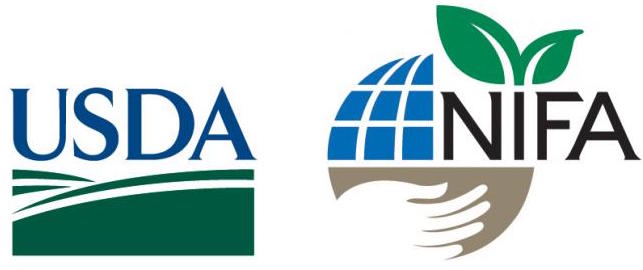Nov 19, 2020USDA grant allocations include specialty ag-related projects
USDA’s National Institute of Food and Agriculture (NIFA) on Nov. 19 awarded over $16 million in FY 2020 grants for 29 projects in the Small Business Innovation Research Program (SBIR), Phase II.
The USDA-NIFA Small Business Innovation Research (SBIR) Program focuses on transforming scientific discovery into products and services with commercial potential and/or societal benefit.
“Our SBIR program supports small businesses that are working to create innovative, disruptive technologies and helps move research advancements from conception into the market,” said NIFA Acting Director Parag Chitnis. “Since 1983, this program has funded over 2,000 research and development projects, allowing hundreds of small businesses to explore their technological potential, and providing an incentive for the commercialization of innovative ideas.”
There are a wide variety of projects planned for SBIR Phase II. Here are some examples:
- “Shielding Spruce and Douglas Fir Trees from Bark Beetle Attack” (ISCA Technologies, Inc.) – This project aims to revolutionize the production of synthetic insect pheromones to control agricultural pests. Pheromones are nontoxic, typically affect only the targeted pest species, leave no harmful residues on food produce, and cause little or no environmental pollution.
- “A Scalable and Rechargeable Antimicrobial Coating for Food Equipment” (Halomine Inc.) – The Centers for Disease Control and Prevention estimates 48 million people get sick from foodborne illnesses, 128,000 are hospitalized, and 3,000 people die each year in the United States. In addition, the cost to food companies also can be steep. Until now, no commercially available antimicrobial materials have been broadly effective against pathogens. HaloFilm™ is a breakthrough, spray-on product that, when dried, leaves a thin transparent film on a surface that reduces/resists pathogens on food equipment.
- “Ultraflow Power Sensors for Firefighter Safety and Monitoring of Surrounding Air Quality” (KWJ Engineering Inc.) – Wildland fires produce a significant amount of air pollution, often over very large areas. These pollutants pose health and safety risks to first responders, as well as residents in nearby areas and downwind communities. KWJ has developed a line of small, low-cost, yet accurate, electrochemical gas sensors that will greatly enhance safety, personal exposure monitoring, and air quality monitoring for wildland fires.
- “Drivetrain for High Capacity Factor Distributed Wind Turbine” (Pecos Wind Power, Inc.) – This project will demonstrate that increasing small-scale distributed wind turbines is a technically and economically feasible solution to providing lower cost electricity to rural areas nationwide.
Visit USDA-NIFA’s website for a full list of Phase II (FY2020) SBIR grant recipients. Learn more about NIFA’s SBIR and read past funded project abstracts.
NIFA-funded programs support multiple themes outlined in the USDA Science Blueprinthttps://www.usda.gov/sites/default/files/documents/usda-science-blueprint.pdf and move us closer to meeting the goals outlined in USDA’s Agriculture Innovation Agenda.















